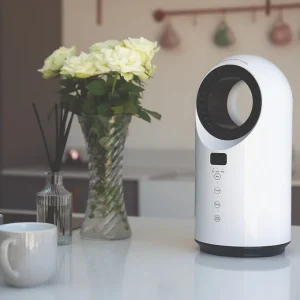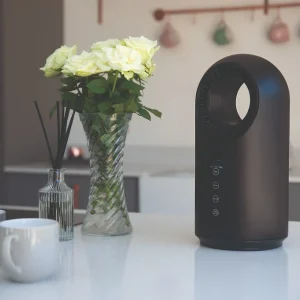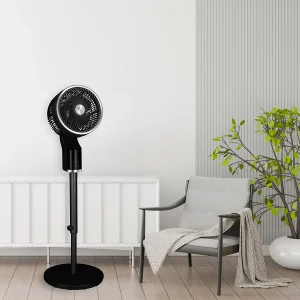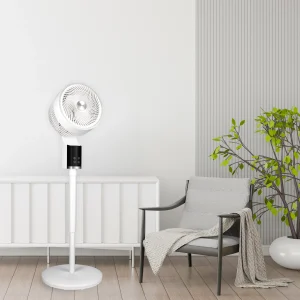
When the temperature starts to rise, a reliable air conditioner becomes a must-have for maintaining comfort in your home or workspace. However, selecting the right unit isn’t as simple as picking any model off the shelf. Understanding BTUs, cooling capacity, and other critical factors is key to ensuring your air conditioner is both effective and energy-efficient.
A BTU (British Thermal Unit) is a standard measurement of energy. In simple terms, it’s the amount of heat required to raise the temperature of one pound of water by one degree Fahrenheit. When it comes to air conditioners, BTUs indicate the cooling capacity of the unit—essentially how much heat it can remove from a room in an hour. The higher the BTU rating, the more powerful the air conditioner is at cooling larger spaces.
Understanding BTU ratings is crucial when choosing an air conditioner because it directly affects comfort, energy efficiency, and performance. An underpowered unit with too few BTUs will struggle to cool a room effectively, leaving you with poor temperature control. On the other hand, an oversized air conditioner may cool the space too quickly without properly dehumidifying, leading to a damp and uncomfortable environment. By selecting a BTU rating that matches your room size and cooling needs, you ensure the optimal balance between efficiency, cost savings, and comfort.
As mentioned above, as a general rule, BTU requirements increase with room size, but other factors also play a role, such as insulation, ceiling height, and window placement. This breakdown should help you understand how to match the BTU to your space:
However, square footage isn’t the only factor. If your room receives a lot of direct sunlight, you may need to increase the BTU capacity. Conversely, if the room is shaded most of the time, you can reduce the required BTU rating slightly. Rooms with poor insulation, high ceilings, or heavy appliance use (like kitchens) may also need more cooling power.

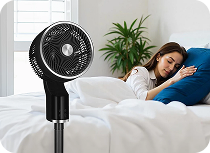
When choosing an air conditioner, selecting the right unit involves more than just picking one with the right BTU rating. Several key factors play a role in ensuring the unit meets your needs effectively and efficiently. Here’s what to consider:
By evaluating these factors, you can choose an air conditioner that fits your needs, providing optimal cooling, energy efficiency, and comfort for your space.
Choosing the right air conditioner involves balancing cooling power, energy efficiency, and specific room needs. By selecting a unit with the appropriate BTU rating and factoring in aspects like room size, climate conditions, and noise levels, you can achieve optimal comfort without overspending on energy costs. With these insights, you’ll be well-prepared to make a decision that enhances your indoor comfort and keeps your space cool and refreshing.
